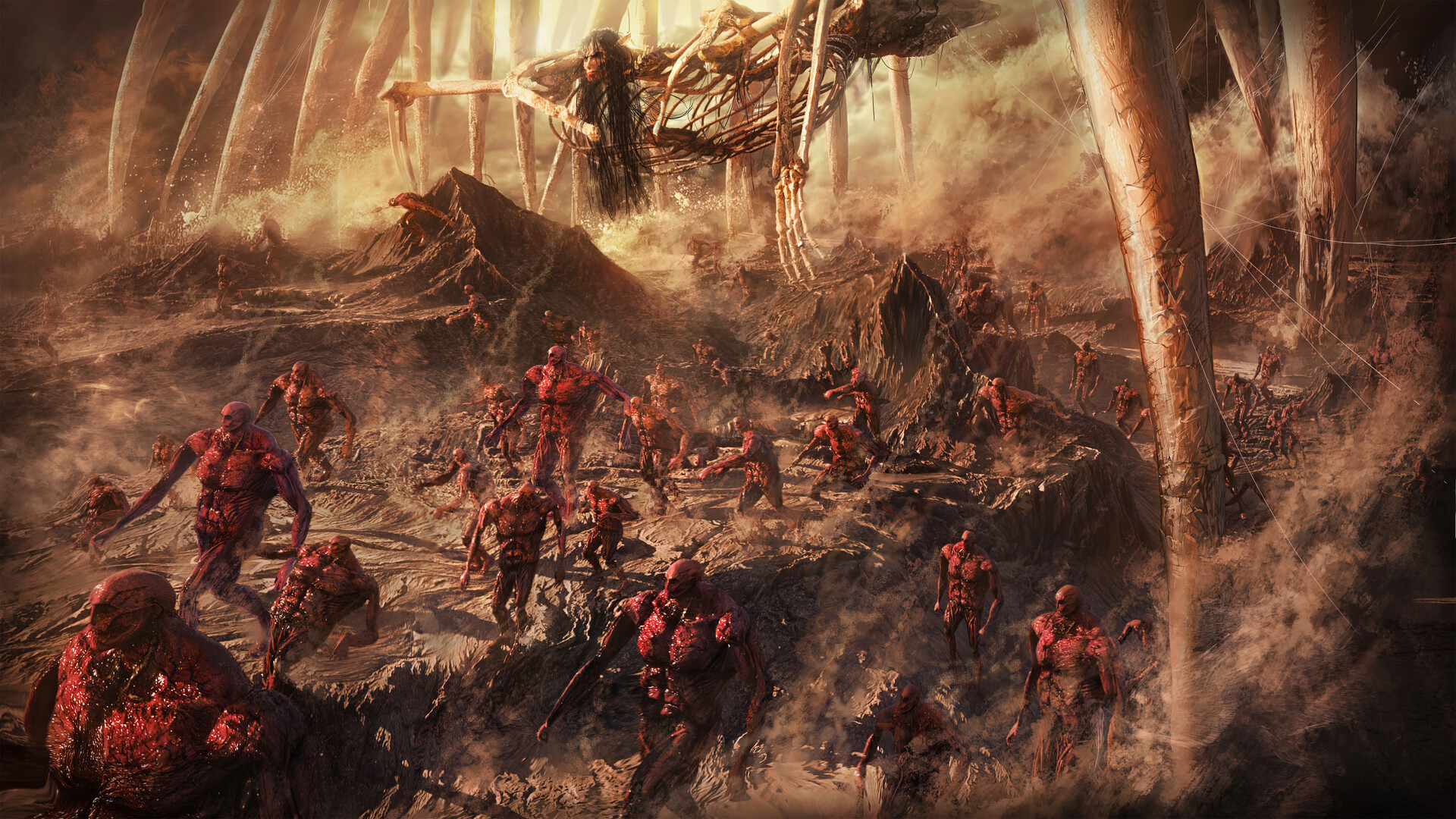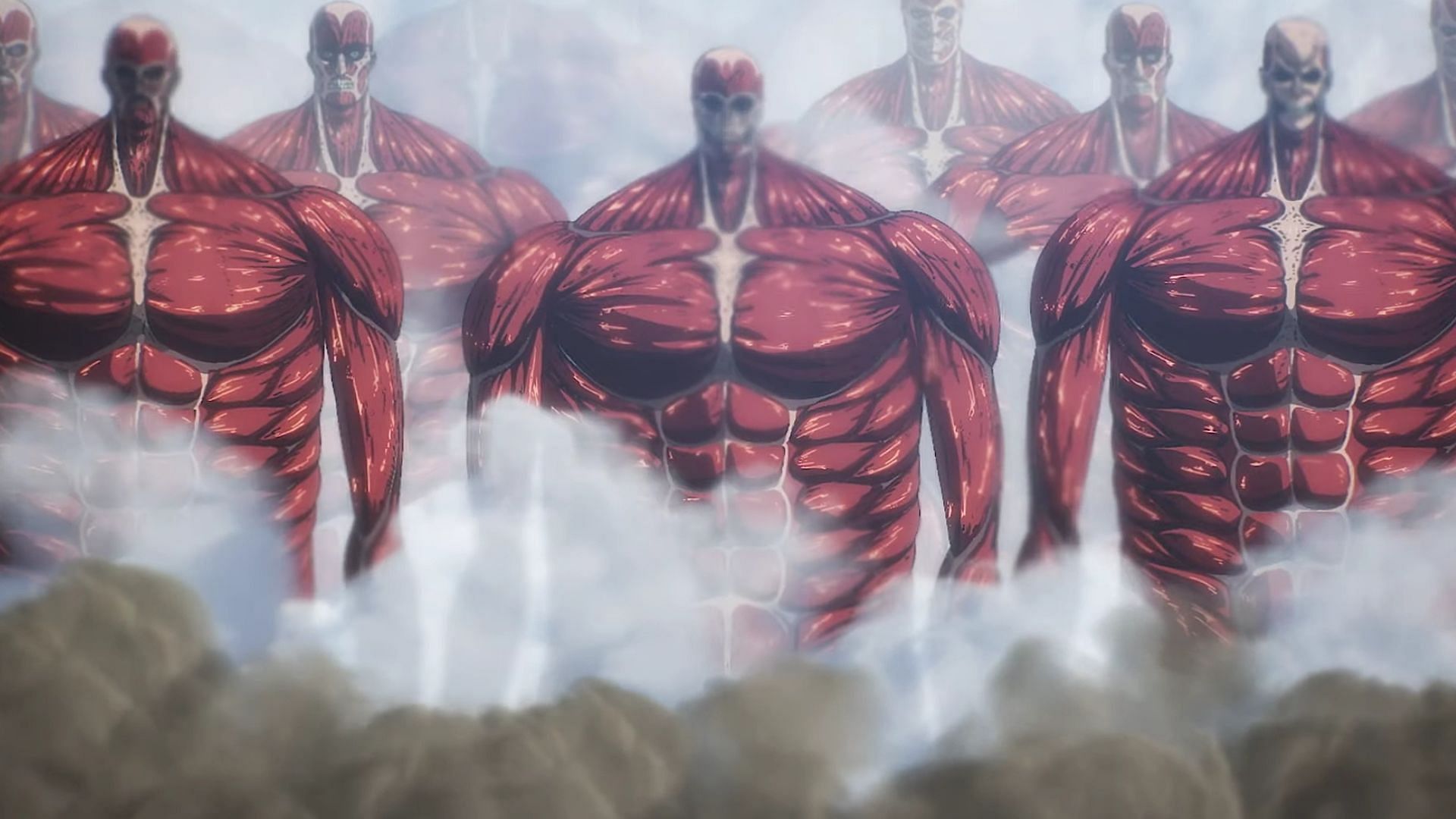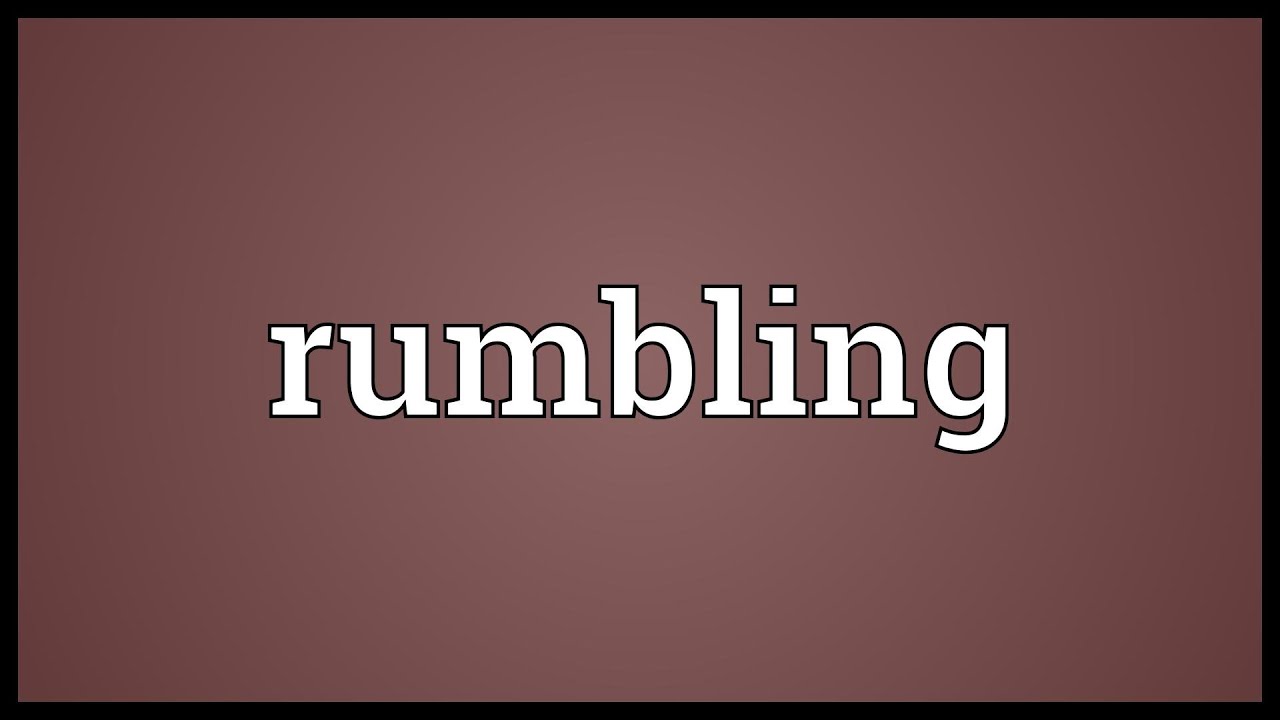The Rumbling, a pivotal event in the world of "Attack on Titan," has sparked endless debates about its significance and consequences. Fans and critics alike have been dissecting its implications on both individual characters and the larger world. But was it truly worth all the turmoil it caused? In this blog post, we’ll dive deep into what the Rumbling event encapsulates and its far-reaching effects on the narrative and its characters.
Overview of the Rumbling Event

The Rumbling is not just a plot twist; it’s a cataclysmic force that embodies the culmination of fear, desperation, and drastic measures. In essence, it refers to the awakening of the colossal Titans trapped within the walls of Paradis Island, unleashed by Eren Yeager. This event is initiated by Eren as part of his grand plan to achieve freedom for the Eldians while simultaneously unleashing terror on the rest of humanity. Here’s a quick breakdown:
- What Triggered the Rumbling?
The Rumbling was set into motion when Eren activated the Founding Titan’s powers, serving both as a protective measure for Eldians and a weapon of mass destruction against perceived threats.
- Scale of Destruction:
The Rumbling unleashed ancient giants, trampling vast lands and decimating entire civilizations. This act of devastation is depicted through harrowing visuals and emotional character arcs.
- Impact on Characters:
Many main characters are forced to confront their ideologies and moral dilemmas as they grapple with the fallout from Eren's actions. Friendships are strained and alliances are tested, leading to a rich tapestry of character development.
Ultimately, the Rumbling is emblematic of the lengths one is willing to go to achieve freedom, weaving a complex narrative thread that questions the ethics of power, sacrifice, and survival. As we dissect the ramifications, it’s essential to consider whether the end truly justifies the means.
The Immediate Consequences of the Rumbling

When the Rumbling occurred, it left ripples of chaos and confusion in its wake. The immediate aftermath sparked a mix of terror and confusion across the affected regions. Here’s a breakdown of the most notable consequences:
- Devastation of Infrastructure: Cities and towns were literally flattened. Buildings that took years to construct crumbled in moments, leading to substantial loss of shelter and security for countless individuals.
- Loss of Life: Tragically, the initial phase of the Rumbling resulted in significant casualties. The numbers vary, but estimates suggest that thousands lost their lives in the chaos. This loss cast a dark shadow over the survivors, who grappled with that grief.
- Social Upheaval: Communities were plunged into disarray. Local governments struggled to respond, leading to a breakdown in public order in many areas. Relief efforts were hampered by the sheer scale of destruction.
- Psychological Impact: The trauma experienced by those who lived through the Rumbling cannot be overstated. Survivors faced long-term psychological consequences, including PTSD, anxiety, and survivor’s guilt.
- Erosion of Trust: Governments and institutions faced severe criticism for their preparedness (or lack thereof) in facing the calamity. This resulted in a general erosion of trust between the populace and their leaders.
All these immediate consequences led to a restless environment, which laid the groundwork for debates about reconstruction and future preparedness.
Long-term Effects on Society and Environment

The long-term repercussions of the Rumbling extend far beyond the physical destruction. These effects have reshaped not just landscapes, but also the very fabric of society. Let’s delve into some of the significant long-term impacts:
- Environmental Changes: The massive displacement of soil and devastation of ecosystems triggered by the Rumbling led to altered landscapes. Flora and fauna in the impacted areas are still struggling to adapt, and some species may never recover.
- Migration Patterns: Many survivors were forced to migrate in search of safety and stability. This shift led to overpopulation in certain regions and the resulting strain on resources.
- Economic Shifts: The destruction of industries and businesses resulted in significant economic downturns for many communities. This has led to increased unemployment and a continuous struggle to rebuild local economies.
- Changes in Policy and Preparedness: In light of the tragedies experienced, governments and organizations around the world began re-evaluating their emergency preparedness strategies. New policies aimed at disaster management emerged, focusing on preemptive actions rather than reactive responses.
- Community Cohesion: Paradoxically, though the Rumbling caused division and chaos, it also fostered a sense of unity among survivors. Many communities bonded over shared experiences, leading to stronger social ties and mutual support systems.
Though the effects of the Rumbling are both profound and far-reaching, they provide us with lessons on resilience and the importance of preparation for future generations.
Characters' Perspectives on the Rumbling
When we delve into the different characters' perspectives on the Rumbling, we see a rich tapestry of emotions and motivations. Each character brings their unique lens to the catastrophic event, revealing their beliefs, fears, and desires.
Take Eren Yeager, for instance. His perspective is deeply intertwined with his ideology of freedom at any cost. For Eren, the Rumbling represents a drastic and, in his eyes, necessary action to protect his people from existential threats. He firmly believes that this overwhelming power is the only way to ensure Eldians can live freely. His transformation from a hopeful young man into a harbinger of destruction showcases a complex evolution driven by pain and survival.
On the other hand, characters like Armin Arlert grapple with the colossal moral weight of the Rumbling. Armin embodies hope and compassion, often questioning whether such means can ever justify the ends. His internal conflict highlights the devastating cost of survival, forcing him to weigh the lives of many against his ideals of humanity.
Then there's Mikasa, whose perspective is shaped largely by her bond with Eren. Her love for him complicates her stance, as she struggles between loyalty to her friend and her own moral compass. Mikasa’s emotional turmoil provides a poignant lens, showcasing the personal impact of large-scale decisions.
Lastly, we see characters like Reiner Braun, who, burdened by guilt and trauma, see the Rumbling as a nightmarish fulfillment of fate—one they feel helpless to prevent. This variety of perspectives enriches the narrative, making us question our positions on morality, freedom, and the consequences of our choices.
Thematic Analysis: Sacrifice and Survival
The themes of sacrifice and survival echo throughout the story, penetrating the very core of the narrative. The Rumbling is not merely a plot device; it represents the extreme measures people are willing to take to protect their loved ones and their way of life.
Throughout the series, the notion of sacrifice is omnipresent. Characters are often faced with gut-wrenching choices that pit their desires against the greater good. For instance, individual sacrifices are made by many as they battle doggedly for survival. This raises questions like:
- What is the cost of survival?
- How much is one willing to give up for the sake of others?
- At what point does survival become destruction?
The Rumbling serves as a drastic representation of survival instinct. It illustrates a visceral 'us versus them' mentality where entire nations must decide how far they will go to protect their existence. Characters like Eren embody this theme; his ultimate sacrifice thrusts his friends into a morally gray arena, fully realizing that survival may mean unwittingly becoming the very monsters they pledged to fight.
Additionally, the struggle between sacrifice and survival calls for introspection among the characters. It forces them to confront their past actions, as well as their future choices. In essence, it's not just the survival of the fittest; it's about what one is willing to give up and how that shapes identity and purpose.
As the narrative unfolds, it becomes clear that sacrifice does not guarantee survival. The story prompts us to reflect on our convictions and the repercussions of our choices, reminding us that every act of survival has its price. Ultimately, this intricate dance of sacrifice and survival resonates with the audience, urging us to ponder the delicate balance between destruction and the hope for a better future.
Was the Rumbling Worth the Trouble? Analyzing Its Impact
The Rumbling, a significant event within the popular anime and manga series "Attack on Titan," has sparked immense debate among fans regarding its implications and consequences. As a turning point in the story, the Rumbling raises essential questions about morality, freedom, and the lengths one might go to achieve peace. Here, we delve into its multifaceted impacts on both characters and the world they inhabit.
Key impacts of the Rumbling include:
- Character Development: The Rumbling forces various characters to confront their beliefs and motivations, leading to profound transformations. Characters like Eren Yeager, Mikasa, and Armin undergo significant shifts in their ideologies due to the drastic measures taken during the event.
- World Politics: The execution of the Rumbling upends political structures, as nations are left to reassess their power dynamics. The reaction of the world, particularly Marley, illustrates the fragile nature of alliances and enmity.
- Cultural Reflection: The Rumbling serves as a metaphor for real-world conflicts and the destructive nature of war. It challenges audiences to reflect on their own values and the cost of achieving peace through violence.
- Theme of Freedom vs. Oppression: The event ignites discussions around freedom as Eren believes in liberating his people while using horrific means. This dichotomy leaves the audience pondering the boundaries of ethical conduct in pursuit of liberation.
Furthermore, the aftermath of the Rumbling creates divisions within remaining factions, leading to ongoing conflicts that mirror historical and contemporary struggles, making the story resonate deeper with its audience.
Conclusion: Reflecting on the significance of the Rumbling, it becomes clear that while it may not have led to an unequivocally positive outcome, the event significantly shaped character arcs, ethical debates, and the narrative's broader thematic elements, ultimately enriching the overall story of "Attack on Titan."
 admin
admin








